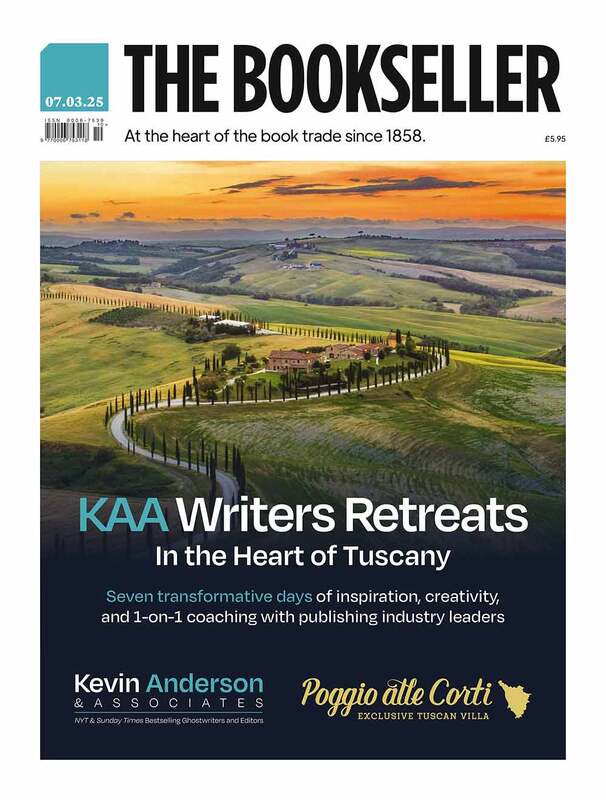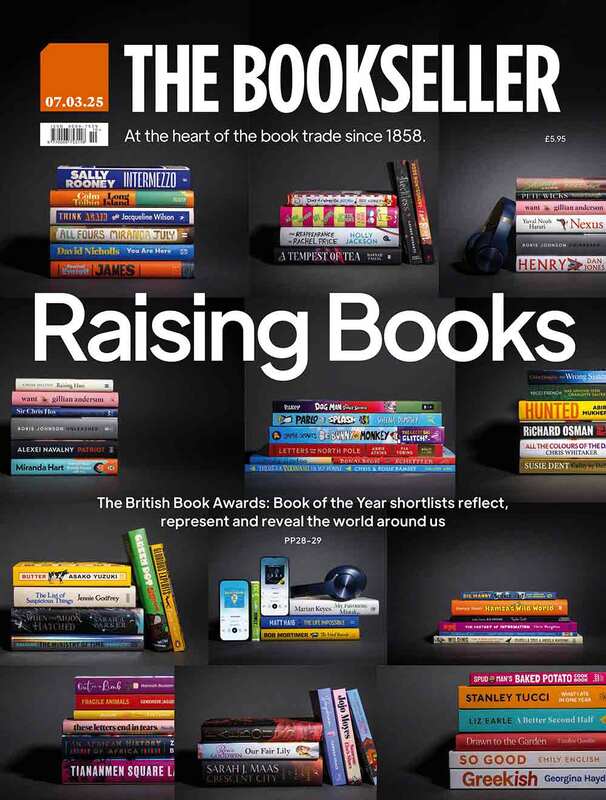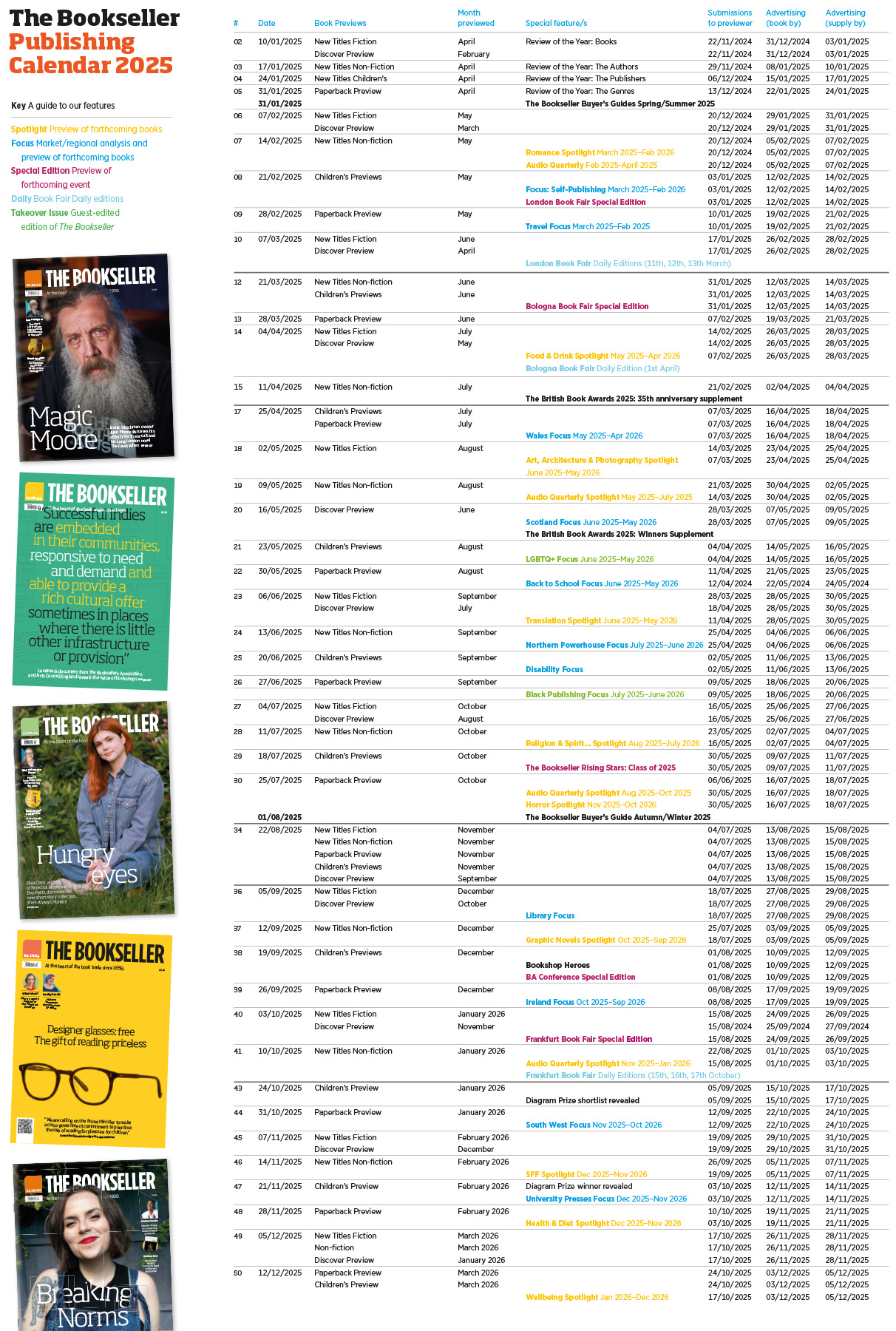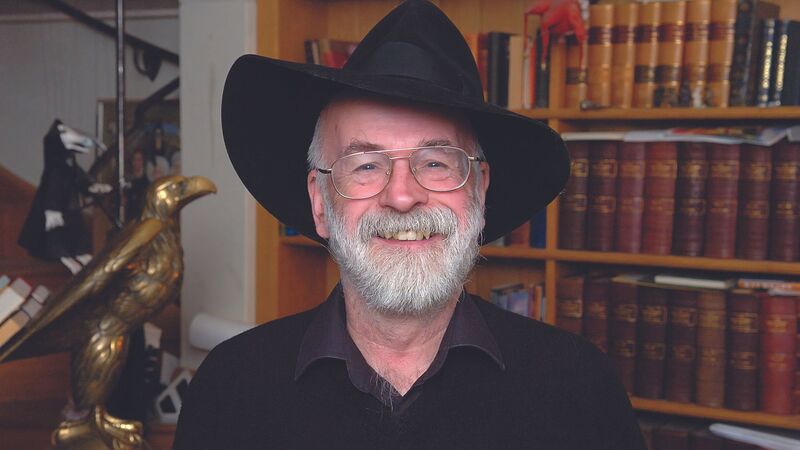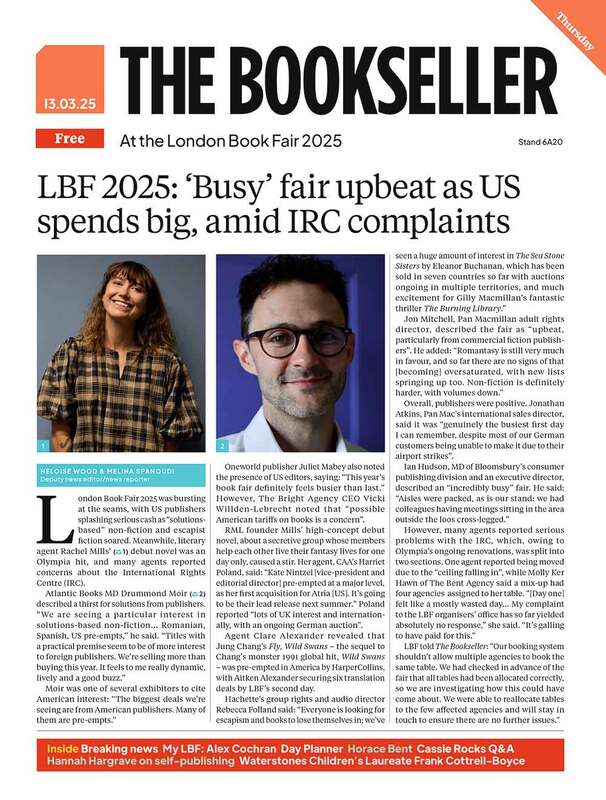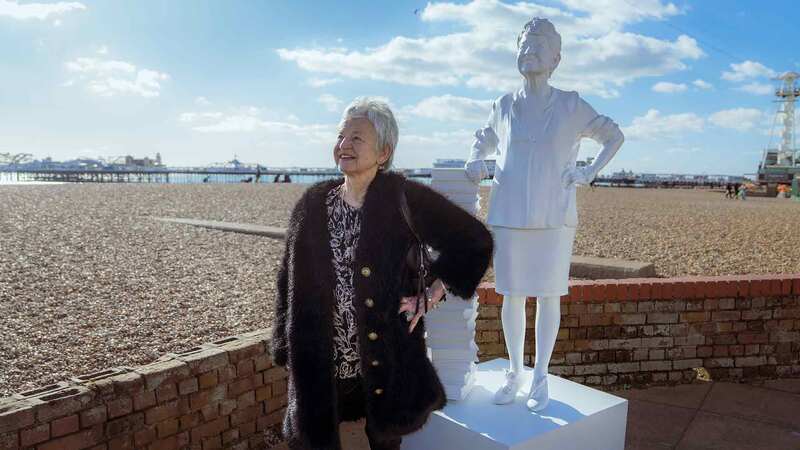You are viewing your 1 free article this month. Login to read more articles.
PRH UK Design Award winners revealed
Three students were announced as the winners of the Penguin Random House UK Design Award 2016 last night (22nd June), each receiving £1,000 and the opportunity to undertake a work placement with the publisher.
The award is split into three categories: Children’s, which was won by Ailsa Johnson of the University of Edinburgh; Adult Fiction, won by Zac Crook of the University of Central Lancashire; and Adult Non-Fiction, won by Zachary Wieland of the University of Texas. One title was selected per category for entrants to envision: Emil and the Detectives by Erich Kästner, A Clockwork Orange by Anthony Burgess and How To Be a Woman by Caitlin Moran. Each had a separate brief, all urging entrants to include the provided cover copy, create an image as appropriate for an on-screen environment as in a physical one, and to demonstrate an understanding of the book’s market.
The 2016 instalment is the award’s 10th; it aims to expose art and design students to the practice of undertaking cover design briefs in the hope of unearthing a new generation of designers who will “inspire and entertain readers everywhere, both now and in the future”. Since its inception, the award has sifted some 7,724 submissions and provided 70 weeks’ worth of placement to entrants—two of whom are now full-time employees at PRH UK.
The shortlist of 30 students was announced back in April. However, to expose them to the iterative process of livery design, their creations were not revealed. Instead the students received feedback from in-house art directors and were asked to resubmit their final designs in May. As the initial proposals were considered to be works in progress, only the entrants’ final submissions have been revealed to the public.
Each award was judged by a separate team, comprising both in-house staff and a number of guest judges. Artist David Shrigley and British Vogue editor-in-chief Alexandra Shulman joined Penguin General m.d. Joanna Prior and art director John Hamilton, as well as Penguin Press art director Jim Stoddart, on the Adult award panel. The Non-Fiction award was overseen by three of the publisher’s art directors—Suzanne Dean (Vintage), Richard Ogle (Transworld) and Jason Smith (Cornerstone)—as well as singer/songwriter Tracey Thorn and printmaker and illustrator Sanna Annukka. The Children’s category was judged by PRH UK Children’s m.d. Francesca Dow and art director Anna Billson, alongside the writer/illustrator pairing of Anthony Browne and Sophy Henn.
Of her winning entry, Johnson said she wanted to draw on a train scene early in Emil and the Detectives because “it is quite tense [because] Emil has already been getting wound up thinking about the police and about the money in his pocket; and now he has to sit on a train, alone, and make sure nothing happens—all the while worrying. [The scene is] where the story really kicks off, but it doesn’t give much away to the reader, either.”
Crook said his type-based cover sought to “focus on the language famously used by Anthony Burgess in his novel . . . I picked out words from the language that I thought related to the themes in the book and illustrated this to relate to the dystopian future setting”, before “picking out details in the typography, such as [protagonist] Alex’s face in orange [in the word “Moloko”] and the name of the book in black.”
Weiland settled on his aesthetic after deciding that “Caitlin Moran is taking a pen to dated definitions of feminism . . . The cover pulls design elements from feminist non-fiction novels of the 1970s and ’80s, but it looks as though Moran took her own pen to it and pulled out everything we didn’t know that we needed to know about [feminism].”

